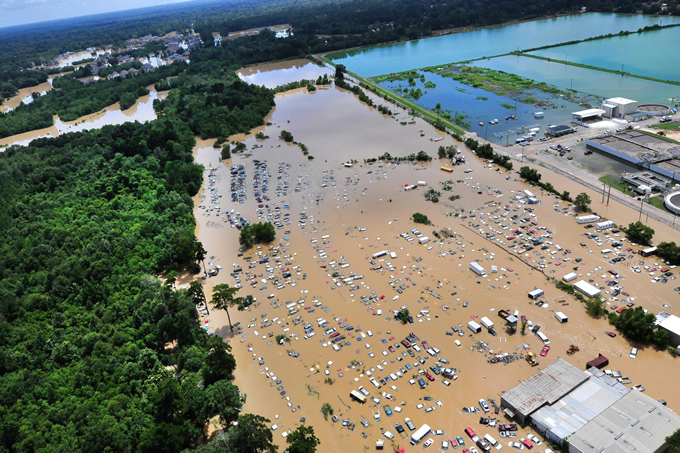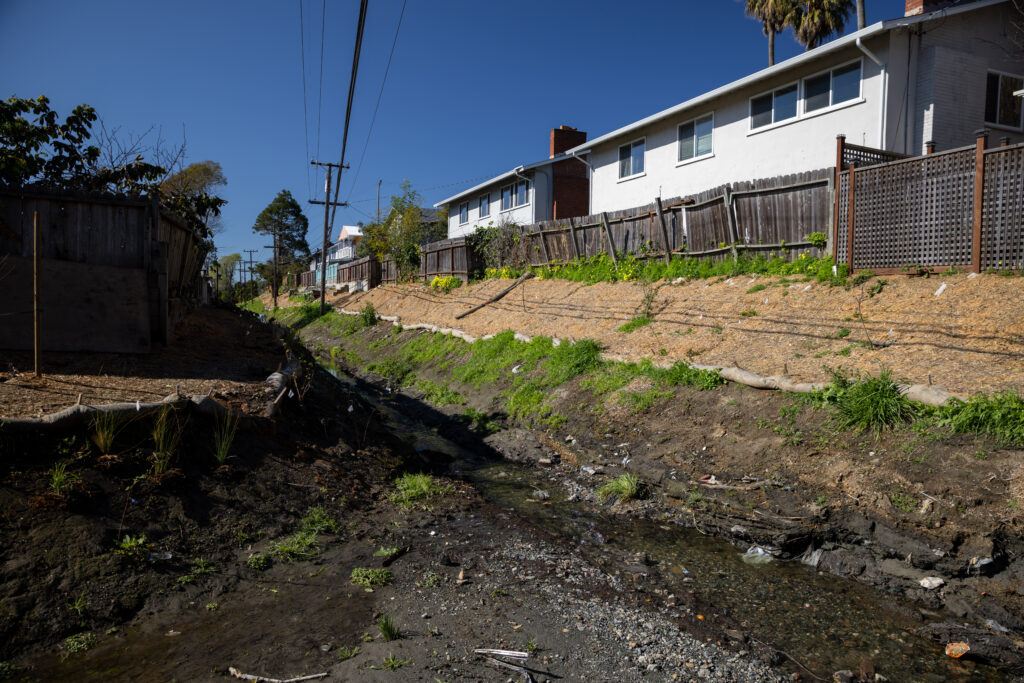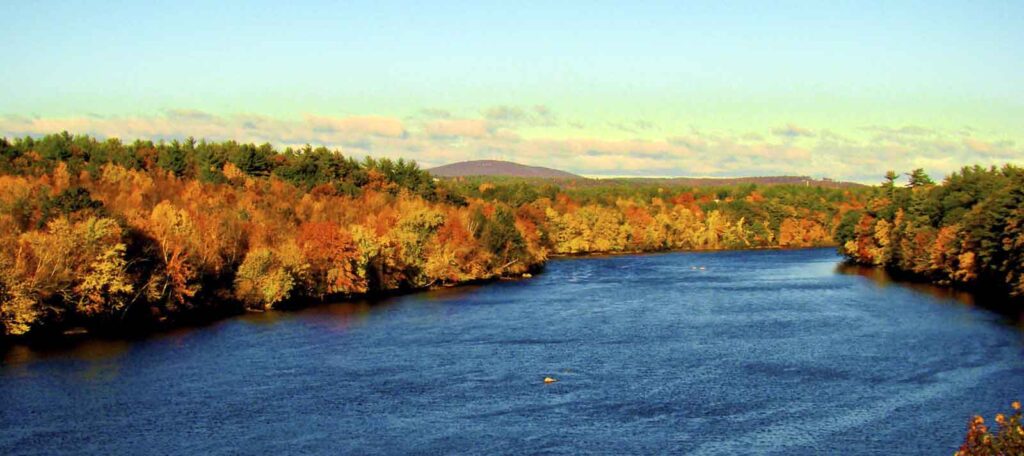National Flood Insurance Program Essential to Helping Communities
Strong awareness tools combined with smart and safe floodplain management practices can help guide communities towards less risky development, and result in floodplains that have more room for rivers to safely flood.

The National Flood Insurance Program (NFIP) is not just an insurance program – it is a comprehensive flood risk management program that maps floodplains, issues hazard mitigation grants, and helps community’s implement safe local floodplain ordinances. American Rivers has great interest in the NFIP because it communicates flood risk and promotes community practices to mitigate that flood risk. Strong awareness tools combined with smart and safe floodplain management practices can help guide communities towards less risky development, and result in floodplains that have more room for rivers to safely flood.
Mapping
The NFIP communicates flood risk to communities through its Flood Insurance Rate Maps (FIRMs) produced by the Federal Emergency Management Agency (FEMA). These maps are essential to implementing the NFIP as they indicate where the 100-year (1% annual chance) flood elevation resides. If your community is enrolled in the NFIP and you purchase a home within the 100-year flood elevation you will be required to obtain flood insurance. The trigger of having to purchase flood insurance ensures a property owner knows they will be living in a floodplain, and informs them of their flood risk. The cost of an individual flood insurance policy is defined by where a property is mapped in a community’s FIRM. Thus, the accuracy of these maps is vital to communicating actual risk to communities.
The term 100-year flood is confusing to many people because it refers to a flood that can happen more often than once every 100 years. Naming it the “100-year flood zone” can convey a false sense of security. In reality the 100-year flood actually describes a certain size flood that has a 1% chance of occurring in any given year, and the 100-year flood level is different for each stream and river.
Restrict Development
For a community to enroll in the NFIP they must adopt local zoning and building codes that guide development away from flood-prone areas. Restrictive zoning and flood-proofing building codes in flood-prone areas are mitigation techniques that help to protect a community from flood damage.
Mitigation
American Rivers believes the best way to reduce loss of life and property due to floods is to invest in mitigation before a flood occurs. Mitigation techniques such as relocating flood prone properties, conserving greenspace, and restoring floodplains and wetlands, can remove the threat of flooding to people and property. Communities that invest in mitigation experience less severe impacts and recover more quickly, becoming more resilient to the next flood event.
The NFIP is up for reauthorization at the end of September. Congress must pass this important piece of legislation in order to help communities become more resistant to floods. American Rivers would like to see some reforms in the program including:
- More accurate, current, and accessible mapping based on the best available science and technology (including climate science)
- Improvements to NFIP mitigation programs that will improve resilience
- Incentives for communities to enforce strong local floodplain management, with a focus on using nature-based approaches to flood mitigation
- Increased transparency on property flood history and changes to NFIP rates
Through these reforms, the NFIP can better protect people and property, and support the health of the environment by providing rivers the room to flood safely.




1 response to “National Flood Insurance Program Essential to Helping Communities”
That is nice that there are programs that communicate flood risks. Maybe it would be good to get flood insurance if I were informed that I was in a flood area. Soon I will have to look into this so that my property can be protected from floods.